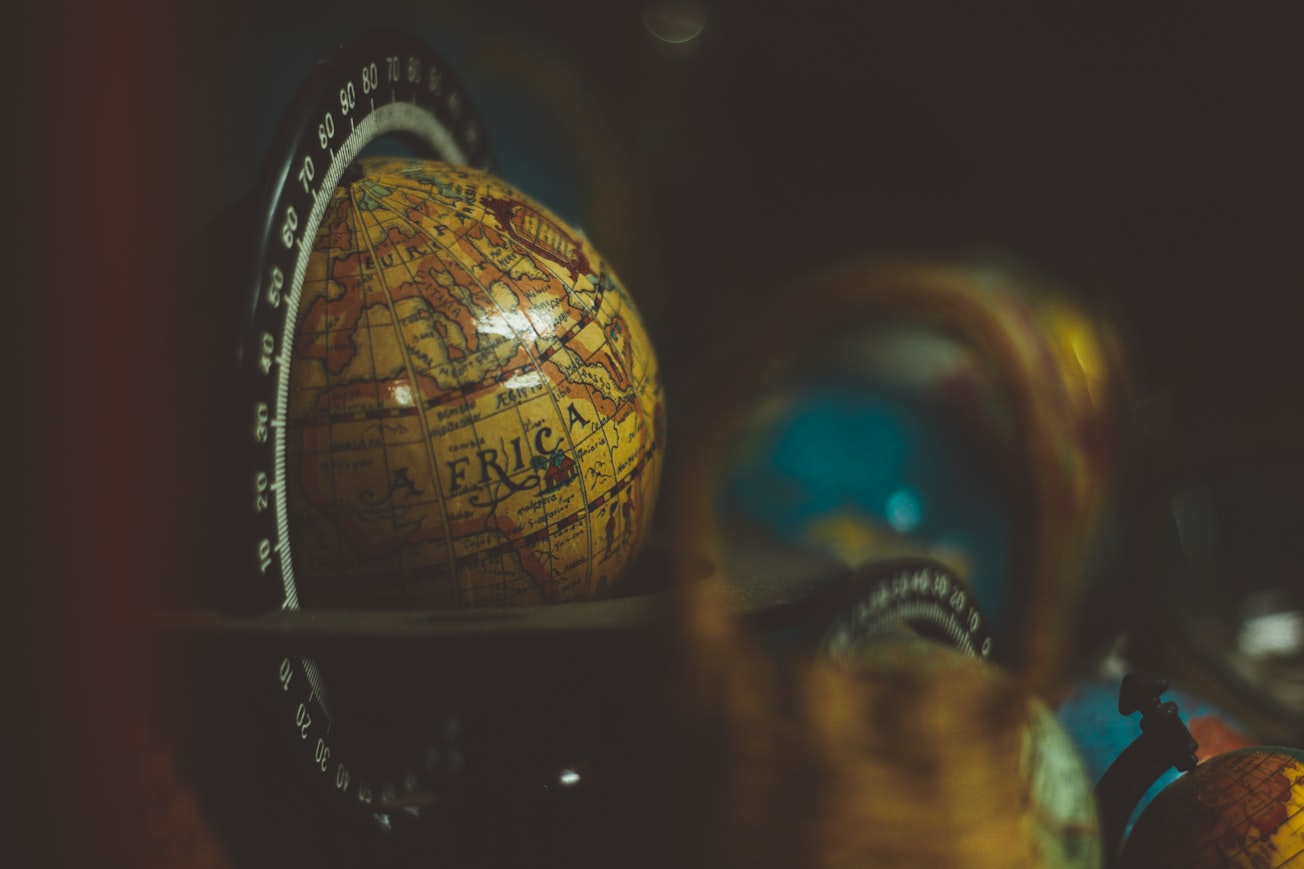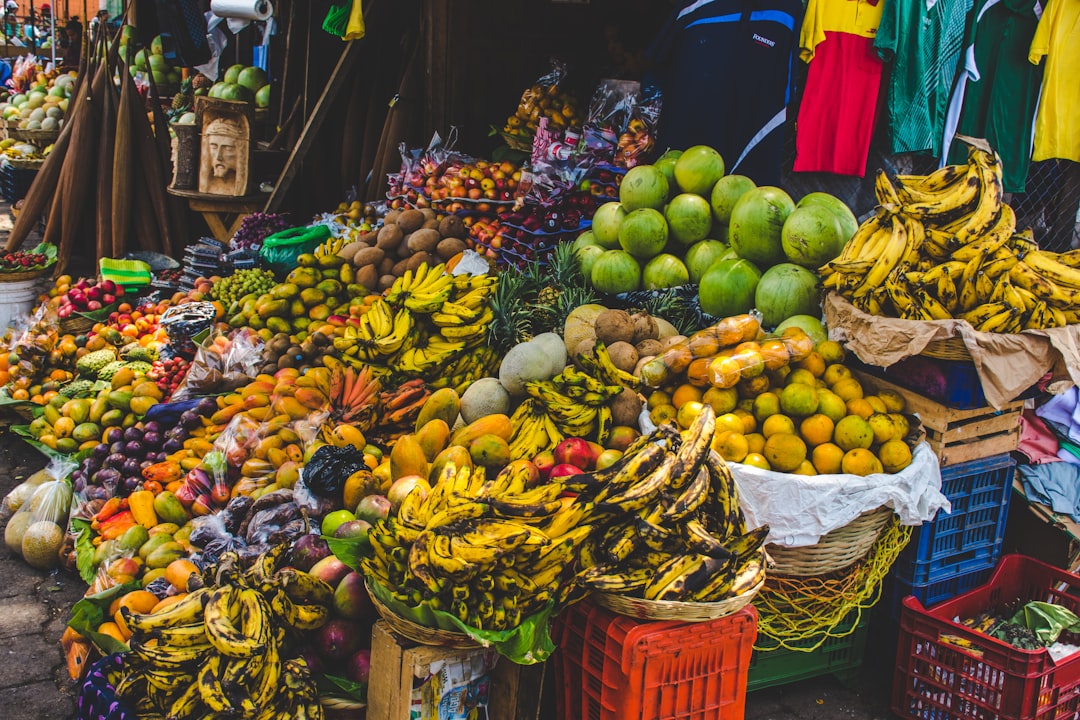What is it about?
International courts (ICs) like any other institution evolve over time. They constantly evolve responding to socio-political dynamics. The East African Court of Justice (EACJ) has evolved to deal with the rule of law and human rights-related cases. This article traces the evolution of the EACJ by examining its creation and institutionalization through time. It examines the negotiations that led to the creation of the EACJ and its jurisprudence.
Featured Image

Photo by João Silas on Unsplash
Why is it important?
Although the jurisprudence of the EACJ has been studied, the creation of the court and the origin of the provisions in which the court relies on to decide human rights-related matters has largely been unexplored. This article presents the first empirical analysis of the creation of the EACJ and the processes by which the provisions of the rule of law and human rights entered the Treaty for the establishment of the East African Community (EAC). The article also examines the practice of the EACJ to show its evolution over time.
Perspectives
Writing this article was a great pleasure as it has introduced me to judges, civil society, academics in East Africa. I hope you will find this article useful and thought-provoking.
Mihreteab Tsighe
Read the Original
This page is a summary of: The Role of the East African Court of Justice in the Advancement of Human Rights: Reflections on the Creation and Practice of the Court, African Journal of International and Comparative Law, August 2019, Edinburgh University Press,
DOI: 10.3366/ajicl.2019.0279.
You can read the full text:
Contributors
The following have contributed to this page










